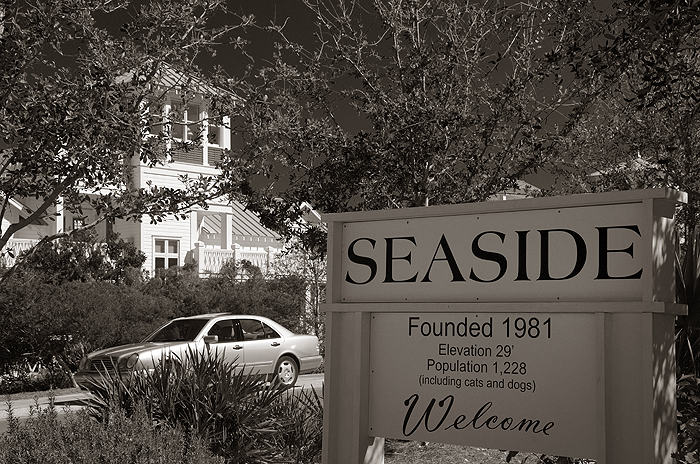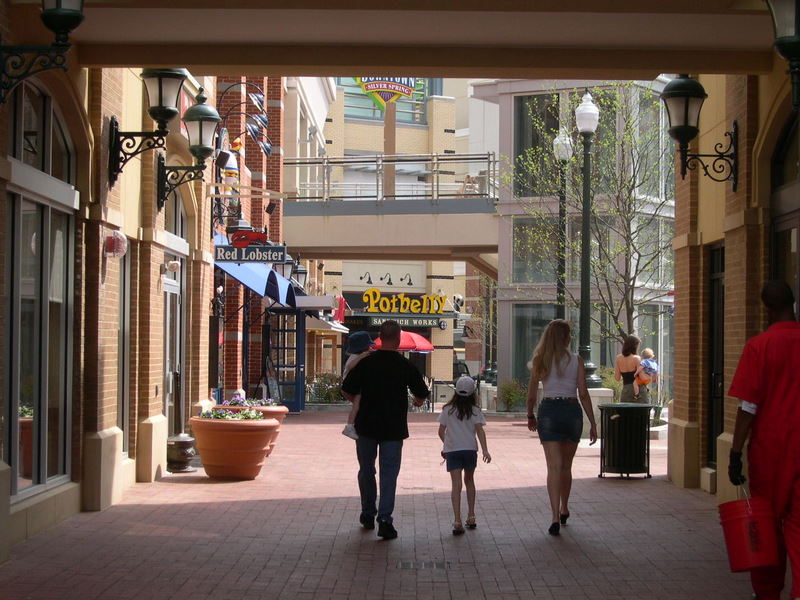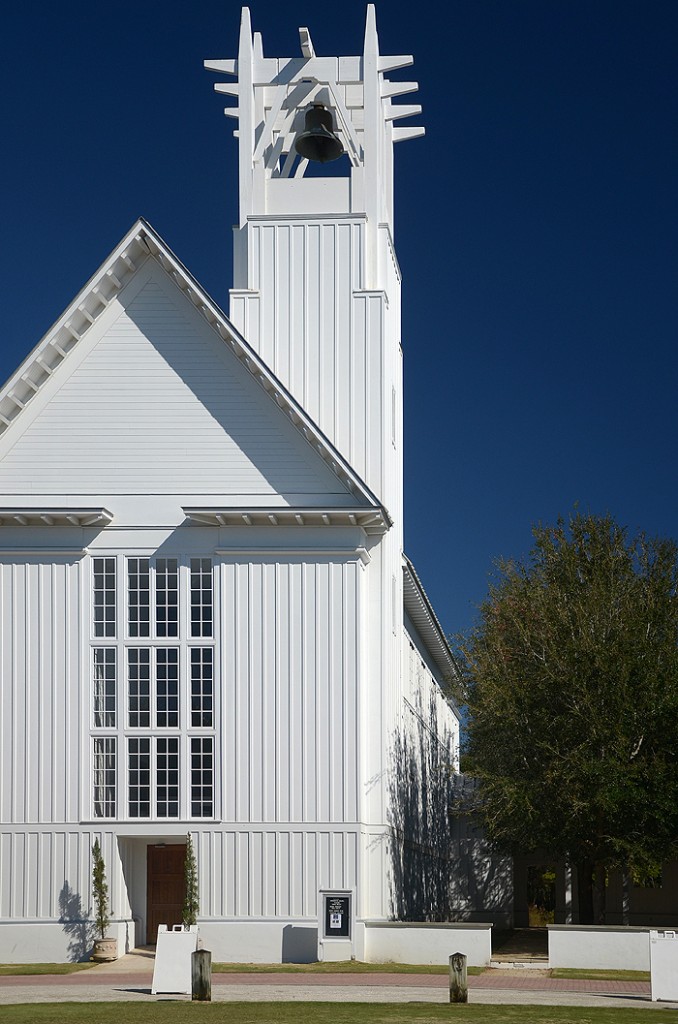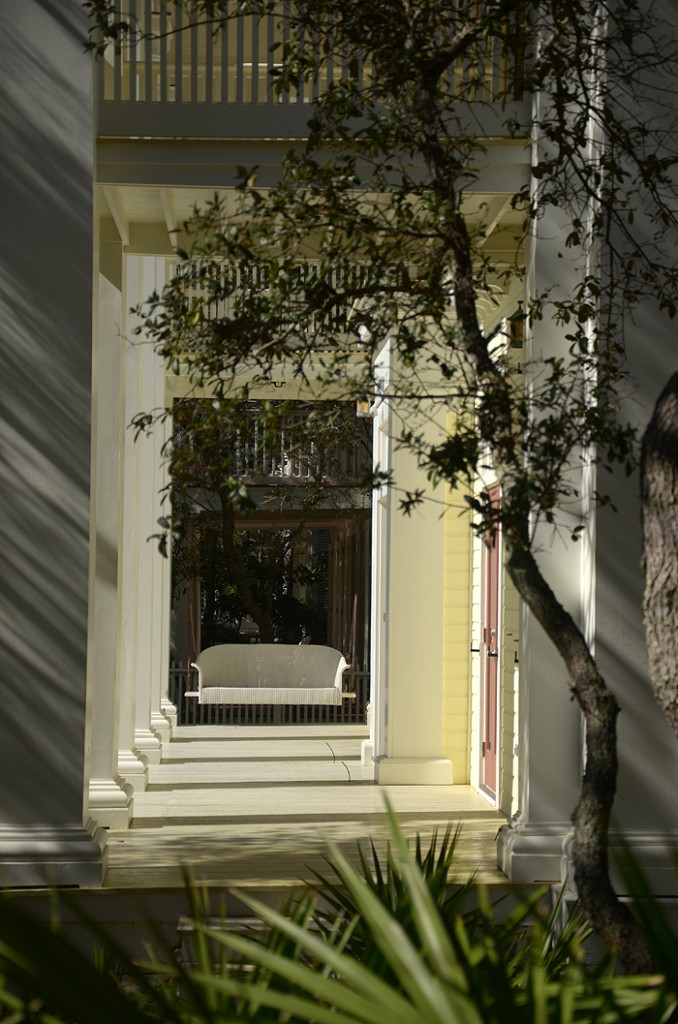This year, Seaside is 30 years old and whatever you think of Andres Duany and the Congress for New Urbanism, any observer of urbanism must admit that Seaside has changed the vocabulary.
The pattern of main street, grid streets, mixed facades, and public space is part of every Federal Realty project and appears on our own Ellsworth Street.
Along Florida’s Gulf Coast, Seaside neighbors Rosemary Beach, Alys Beach, and the Watercolor resort have picked up the vocabulary and created a sense of place, community, and style along the coast road, 30A.
Duany etal have identified a fundamental human pleasure in strolling a certain type of built space, and have, most importantly, made that space marketable. From Seaside to Kentlands, CNU-style real estate comes in at a high price point and holds its value.
Duany’s strongest message has been empiricism–using experience and evidence to form a community plan–most particularly, American experience and evidence. Planners and designers look wistfully at St. Mark’s Square but the American town, from New England to California, is a perfectly workable and pleasing model.
Paths, porch swings, front doors, a civic buildng, church or otherwise are the small physical markers of human community.




gk
Excellent points!
Seaside embodies so many things that we would like to see out of our urbanism. Creating value, evolving over time, and vision. The Mayberry pastiche–this is where the Truman SHow was shot after all–is more a product of what consumers want.
Every time I have heard criticism about the place it sounds like sour grapes. One, that it has attracted a narrow segment of society–well what resort town along one of the most beautiful stretches of beach in America wouldn’t hew to a refined tourism?
As you have noted, I think the importance and value of Seaside is not found there, but in its progeny.
Thayer-D
“Duany etal have identified a fundamental human pleasure in strolling a certain type of built space”
I think it would be more accurate to say that the New Urbanists re-established the pedestrian as the primary user of all built space, rather than the automobile. Strolling is just one of the advantages a good pedestrian environment provides. The health, environmental, and economic advantages are just begining to be understood by the public at large.
The only glitch in the matrix is the architectural profession’s distrust of anything that reaks of nostalgia. Somehow, if middle americans like it, there’s something to distrust in architecture that strives not only to function, but to be admired. Consequently, we get buildings like the New Silver Spring Library, a building few find attractive, becasue of ideologically minded architects
While aestetics is the most subjective parameter of good urbanism, it’s non the less an esential component to both St. Mark’s Square or Harvard Square. We shouldn’t be afraid to talk openly about it, as you’ve done here. Thank you.
claudia kousoulas
I actually prefer your description, the pedestrian as the primary user of all built space. It’s more encompassing and correct–we always seem to forget that the minute we park our cars our motivations and interests change completely.
I think one thing we try to do in our plans and reviews is make sure all users are represented–drivers, walkers, cyclists, and transit users. Our recent Mobility Access Report, for the first time, is starting to count pedestrians and cyclists. If you can be counted, you count!
And your right, nothing wrong with valuing aesthetics, as subject as they may be.